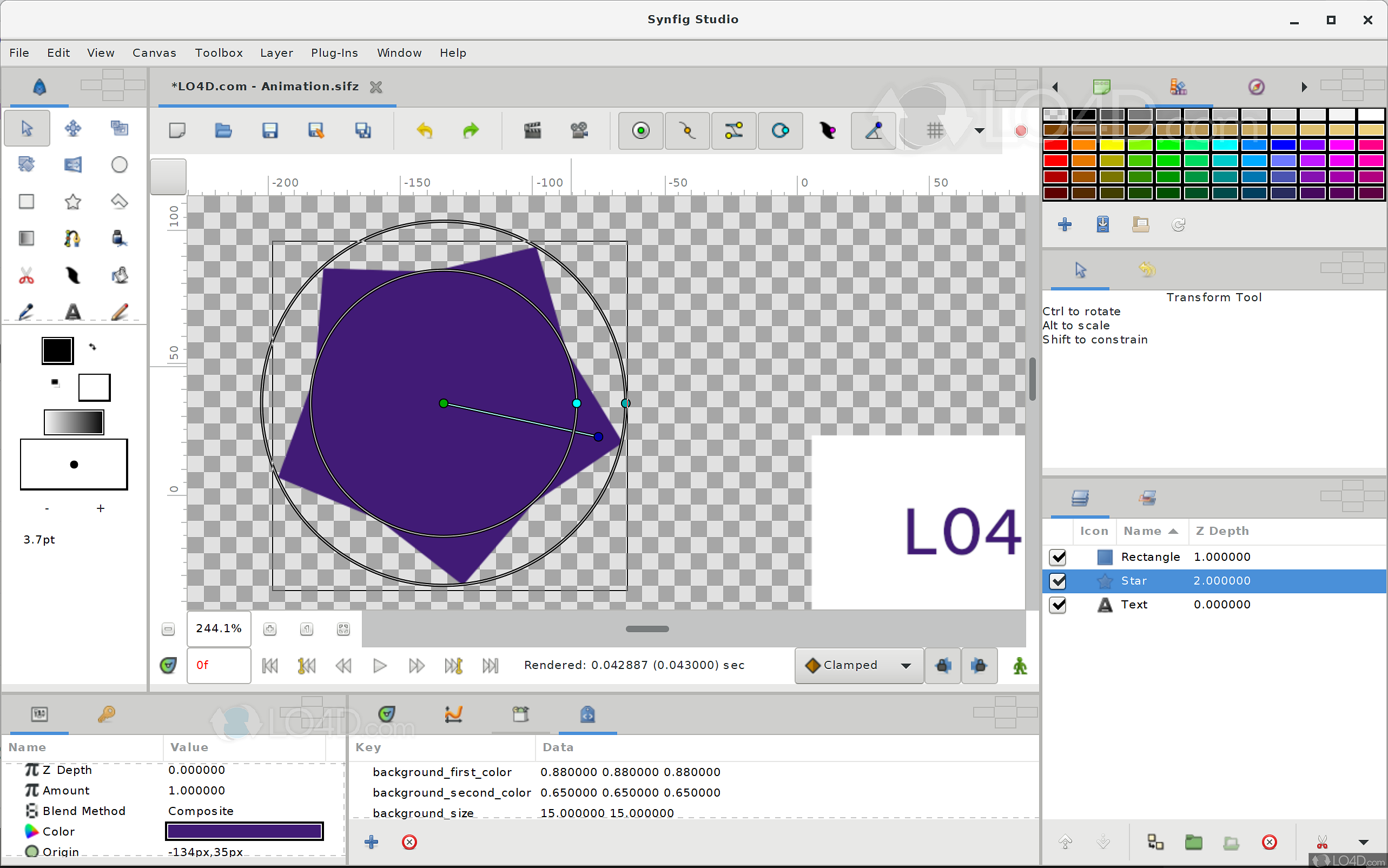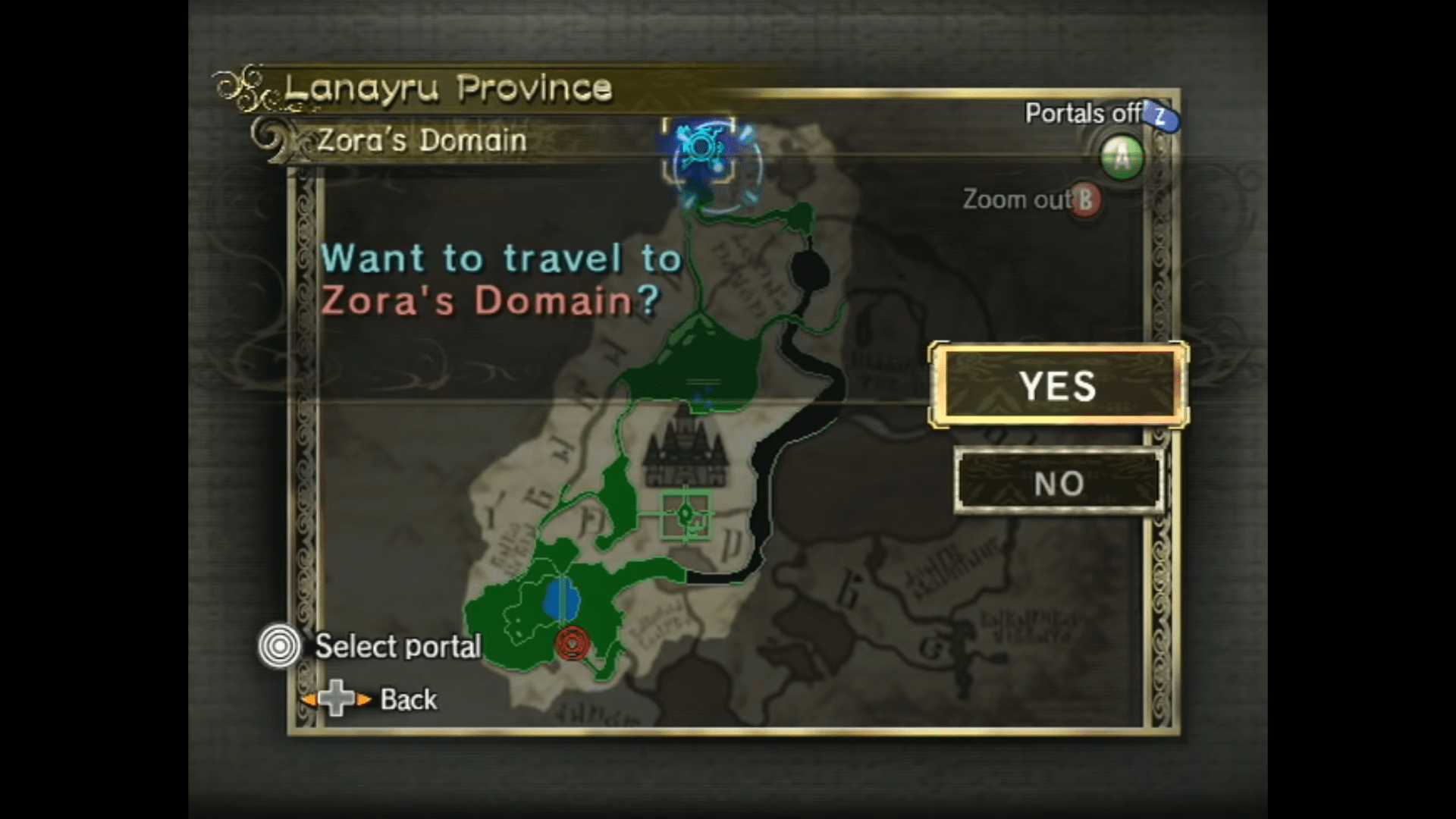

For exampl e: The head 1 (front), and when we want the character to replace the head 2 (3 / 4), just replace the object in these layers library. These librar ies are used for the e xchange of obje cts in these parts. C) Below this layer called "bones", we see the layers of libraries of head, right hand, left hand, right foot and left foot. Thu s, we can a nima te the character without having to individually select each control, as these are already being shown. B) To handle the character, just click right on top of layer "bones" and choose "select all children", wher e the wi ndow sh ow the ch ara cter, a nd all rota tion cont rols o f memb ers. In the layer called "bones", we have all the controls for manipu lating character, and it's just that layer that we will work to animate our character. Note: For a perfect fully embedded joints in Synfig, without the hard work of readjusting, export each part with a single size, the size of the Inkscape this way we import the files into the Synfig, all parts will be precisely placed in original position.Ī) In this scree n, we see the ch aracter in p osition 3/4 a nd the windo w layers, we ca n see the structure of our skeleton. "Png ", and so we hide the other layers, leaving only what we want visible. Png separately: After adjustin g member s to the respe ctive center of r otation, exp ort each pa rt as a file. Mark th e rota tion cente r of obj ects: With the separate objects on layers, we can adjust the center of rotation so that there is no disjunction of shares during the animation. Layers in Inkscape to separate objects: We use layers to separate all objects. Use the ball to the joints: To better unite the parts together, we create a reference, from its center, we can create the center of rotation of the parts. With a tablet, we design a "draft", a "raf" and then vectorized with "bezier" in another layer. Use Inkscape to generate the model of the character: Chose Inkscape for the basic design, the numerous resourc es for vector drawing.
#Synfig studio help download
deb Installer Download Synfig 1.0 (32bit).
#Synfig studio help software
If you want to find out what open-source animation software is like for yourself, you can grab an installer for Ubuntu for the latest release direct from the project’s Sourceforge page using the links below.ĭownload Synfig 1.0 (64bit). Synfig Studio is not a tool suited for everyone, though the latest batch of improvements in this latest release should help persuade some animators to give the free animation software a try.
#Synfig studio help full
New non-destructive cutout tools, friction effects and initial support for full frame-by-frame bitmap animation, may help unlock the creativity of open-source animators, as might the addition of a sound layer for syncing the animation timeline with a soundtrack! Download Synfig Studio 1.0 This joint-and-pivot ‘skeleton’ framework is well suited to 2D cut-out animation and should prove super efficient when coupled with the complex deformations new to this release, or used with Synfig’s popular ‘automatic interpolated keyframes’ (read: frame-to-frame morphing). On the features front there are several notable changes, including the addition of a fully-featured bone system. The client adds a new single-window mode for tidy working and has been reworked to use the latest GTK3 libraries.

The first release of the cross-platform software in well over a year, Synfig Studio 1.0 builds on its claim of offering “industrial-strength solution for creating film-quality animation” with a suite of new and improved features.Īmong them is an improved user interface that the project developers say is ‘easier’ and ‘more intuitive’ to use. A brand new version of the free, open-source 2D animation software Synfig Studio is now available to download.


 0 kommentar(er)
0 kommentar(er)
